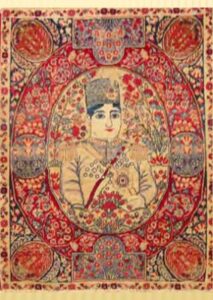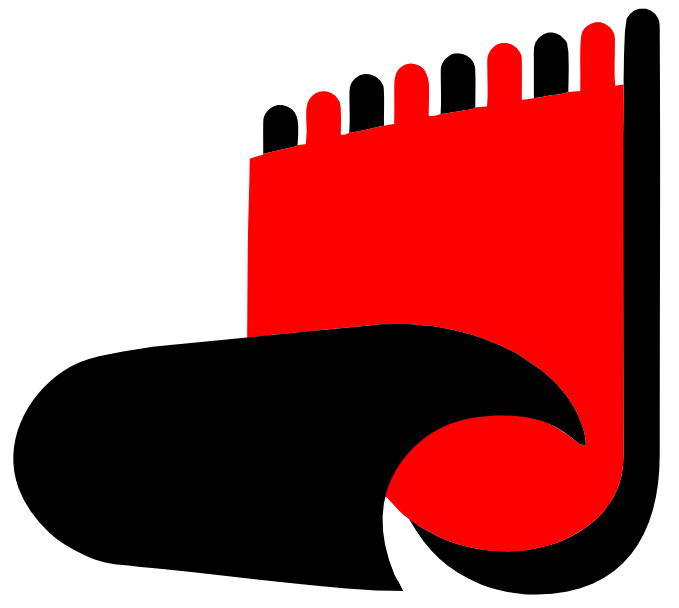Types of Iranian carpet designs
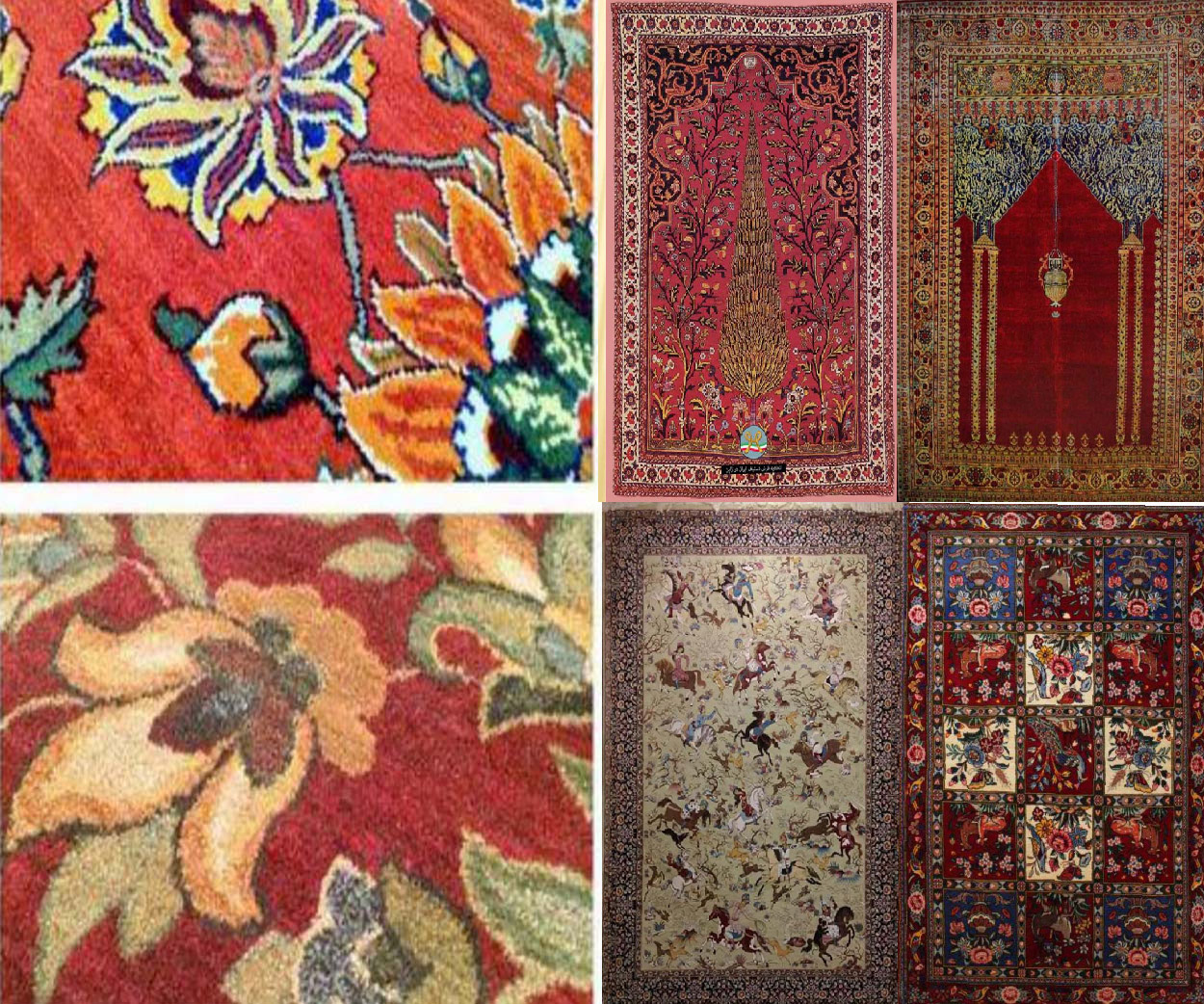
Iranian carpet designs are divided into several main groups, which are known by the following names:
Designs of ancient monuments and Islamic buildings, afshan, tree, hunting ground, garden (brick) frame, flower pot, altar, mahramat, lach and trannaaroski, pictorial, etc., here we introduce some examples of mahmji, lachki designs.
Spray plan:
The characters, illustrations and clauses in this plan are fully connected and connected. It seems that the designer did not draw his pen from the beginning to the end of the drawing paper. Movement can be seen throughout the text and flowers and drawings are scattered everywhere.
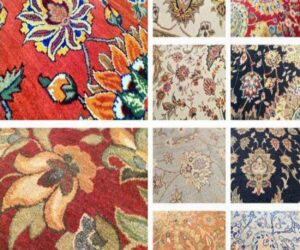
Tree design:
In the design of this group, small and large trees and shrubs individually form the main composition.
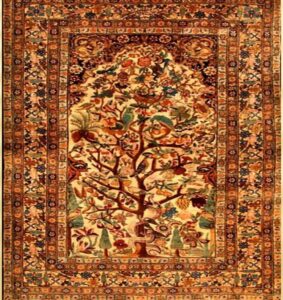
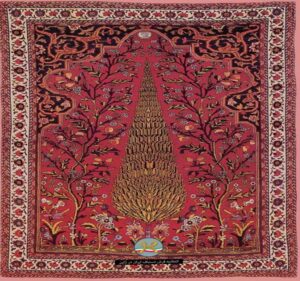
Plan of the hunting ground:
The main content of these designs are scenes of hunting and hunting grounds, in which horsemen with arrows and bows or spears and swords are seen hunting some animals such as deer, lion, tiger or birds.
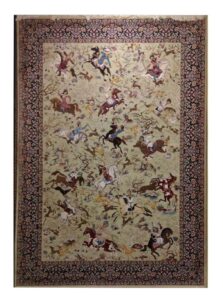
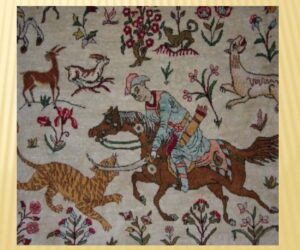
Brick and frame designs:
The text of this design is filled with various and regular frames at certain intervals. All these frames have the same shape and are decorated with different patterns inside. These plans are mostly woven by nomads and villagers, which are often implemented mentally.
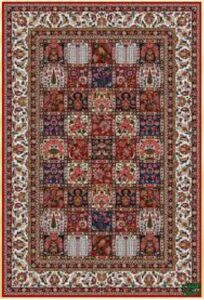
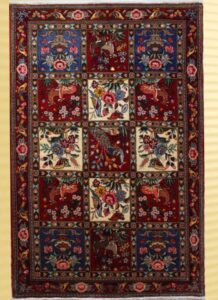
Altar plan:
The main design in this group is based on the overall shape of the altar. The same place in the mosque is the place where the Imam of the congregation prays.
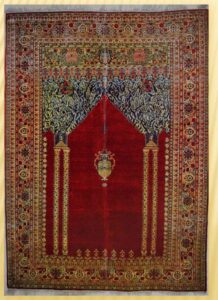
Garden plan:
The design of a garden or garden is taken from the authentic Iranian gardens, especially during the Safavid period, which is illustrated in a very worthy way in the art works of painting and carpet weaving. This design has a pond in the middle and its surroundings are divided into parts by means of water streams and decorated with trees and flowers. Sometimes the role of birds is also combined with it.
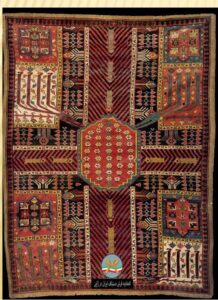
Elastic design:
A design of a carpet that does not have tanrag and its text has only four lachs is called a lachki design. Elastics that have appendages along the length or width of the carpet are called tara elastics. Also, the thin strip that is designed around the text or the strip of the carpet is called tarehdar.
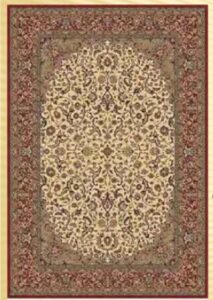
Design of a mannequin (doll):
The abstract form of the human being, which is mostly used in nomadic carpets, especially the gabe, which is a type of coarsely woven carpet, is the main element of these designs. Doll motifs have diverse and happy colors and are designed in a simple way.
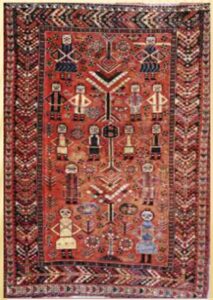
Image design:
The role of the human face, which is designed in a natural or abstract form.
